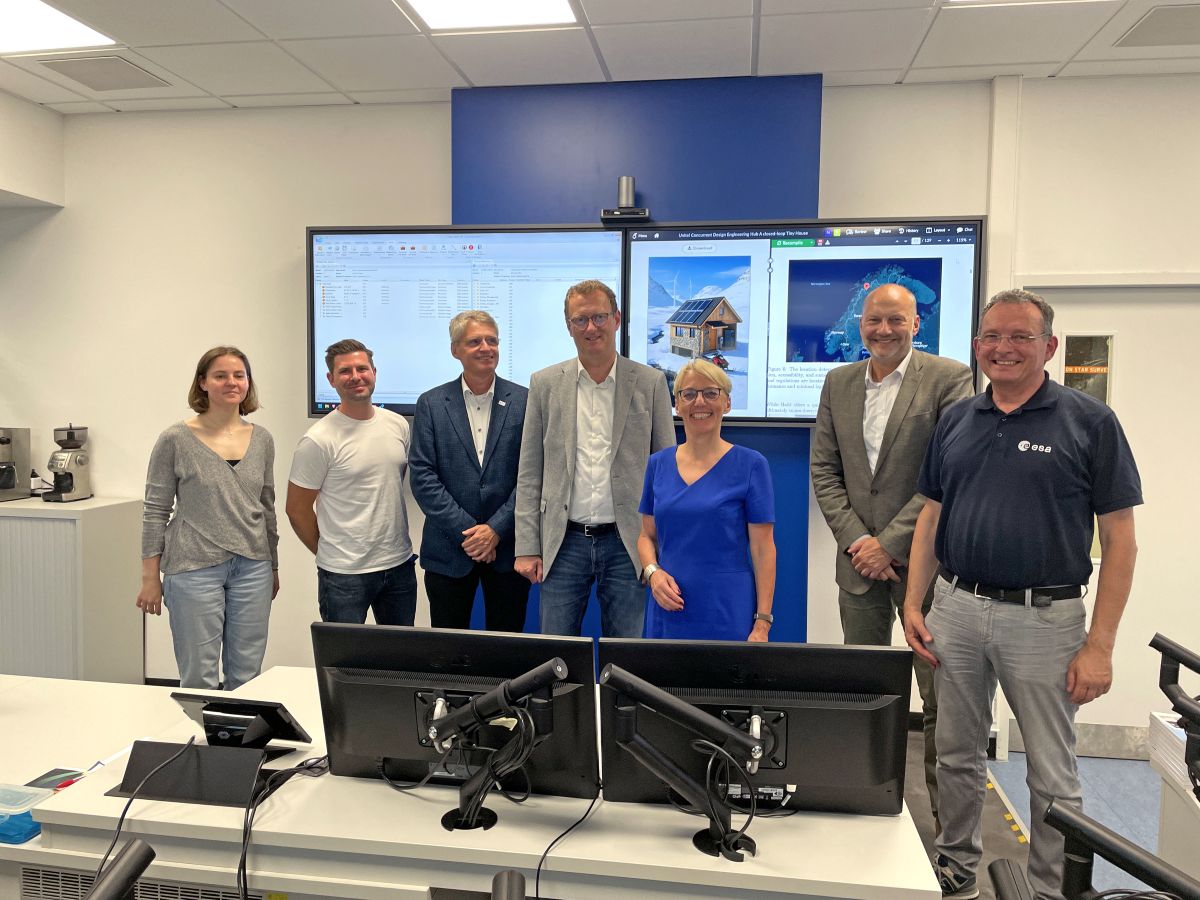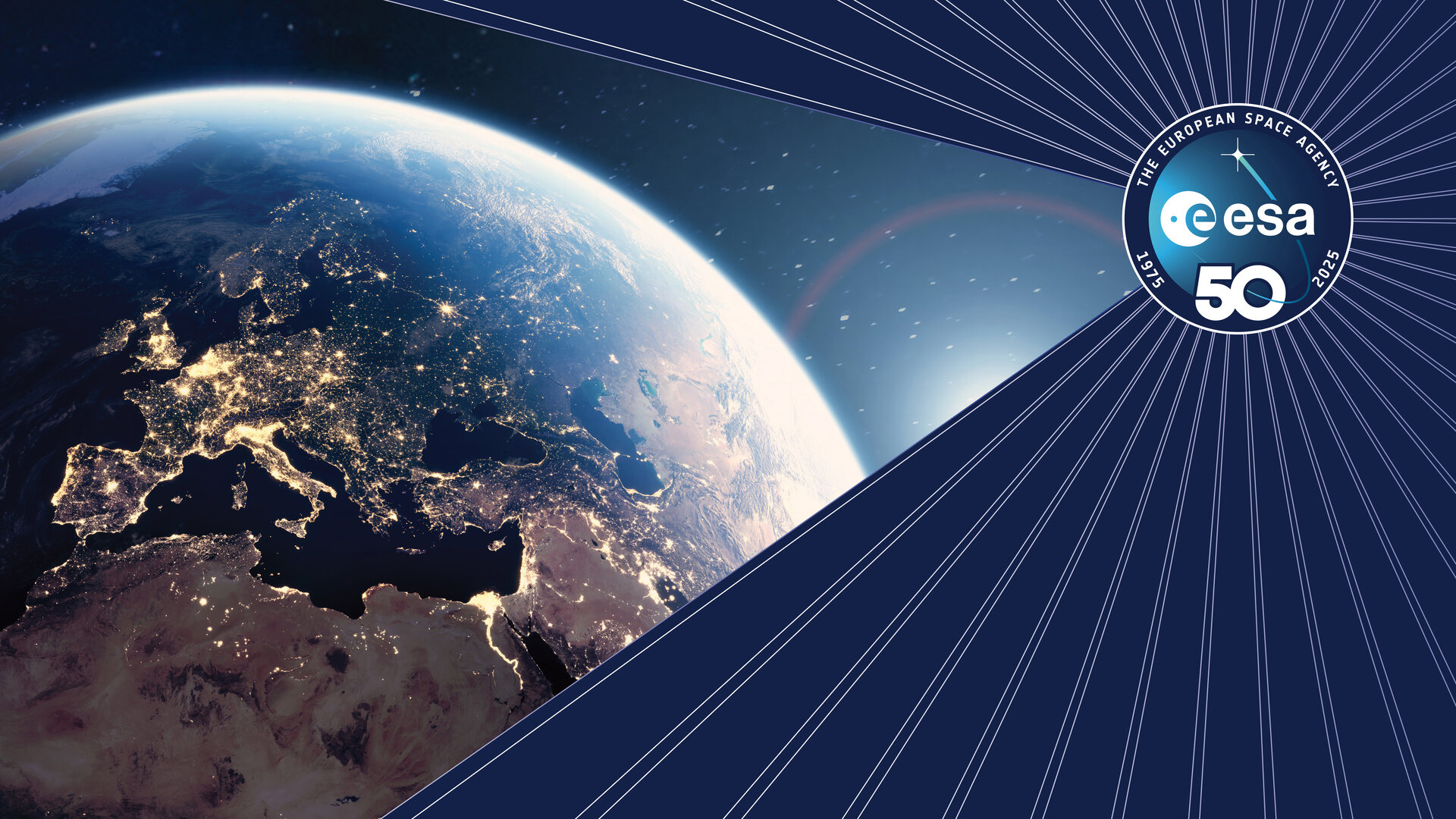Cool tech to almost double deep space data
An upgrade to ESA’s three 35-metre deep-space antennas will boost science data return by 40% by cooling the ‘antenna feed’ to just 10 degrees above the lowest temperature possible in the Universe.
ESA’s ground stations help us tackle some of the greatest scientific questions. They are used to send instructions to spacecraft across the Solar System and receive the data they collect via a downlink.
The demand on the stations' downlink capacity is higher than ever before. In the next few years, the Agency is preparing to launch new spacecraft deeper into our Solar System and support missions from an increasing number of partner space agencies.
To increase downlink capacity, you must either build new antennas, or improve the performance of existing ones. ESA is doing both.
While a new and sorely needed deep space antenna is being built in Australia, it’s important − and economical − to squeeze as much performance out of pre-existing dishes as we can. A series of upgrades across ESA’s network of ground stations is doing just that:
The antenna feed – the tech that connects the physical antenna to the electronic transmitter and receiver – at ESA’s three 35-metre deep-space antennas is being cooled to just 10 degrees above absolute zero (about -263°C).
Current upgrades will increase the amount of data that can be downlinked from spacecraft by up to 40%, allowing more high-definition images of the Sun to be received from Solar Orbiter during one communication window, for example.
Future upgrades across higher frequency bands will mean an increase of 80 % more data can be downloaded – that’s almost double the deep space data reaching Darmstadt!
This clever tech will also increase the sensitivity of ESA deep space antennas, extending their range to support future ESA missions that venture as far as Uranus and Neptune.
The details:
The integration of the first new cryo-cooled antenna feed was completed in May 2021 at ESA’s Cebreros station in Spain.
The upgrade at Cebreros improves the rate at which data can be processed in X-band frequencies by up to 40%.
ESA’s Malargüe station will receive the same X band feed upgrade in 2022 along with a new ‘Ka band’ cryo-cooled feed, where the expected data rate increase will be as high as 80%. This will greatly benefit existing missions such as Bepicolombo and upcoming missions like Juice. The antenna in New Norcia will receive the upgrade at a later date.
Cooling the feed electronics minimises the effects of ‘thermal noise’, allowing weaker signals to be received. Below 10 K, impurities in the metals used in the electronics begin to limit the benefits of further cooling.
The cryo-cooled feeds are manufactured by French company Callisto Space, which received funding from ESA during the technology’s 5-year development. Canadian company Calian conducts the integration of the new technology into the antennas.
Read more at: https://www.esa.int/Enabling_Support/Operations/ESA_Ground_Stations/Coo…



